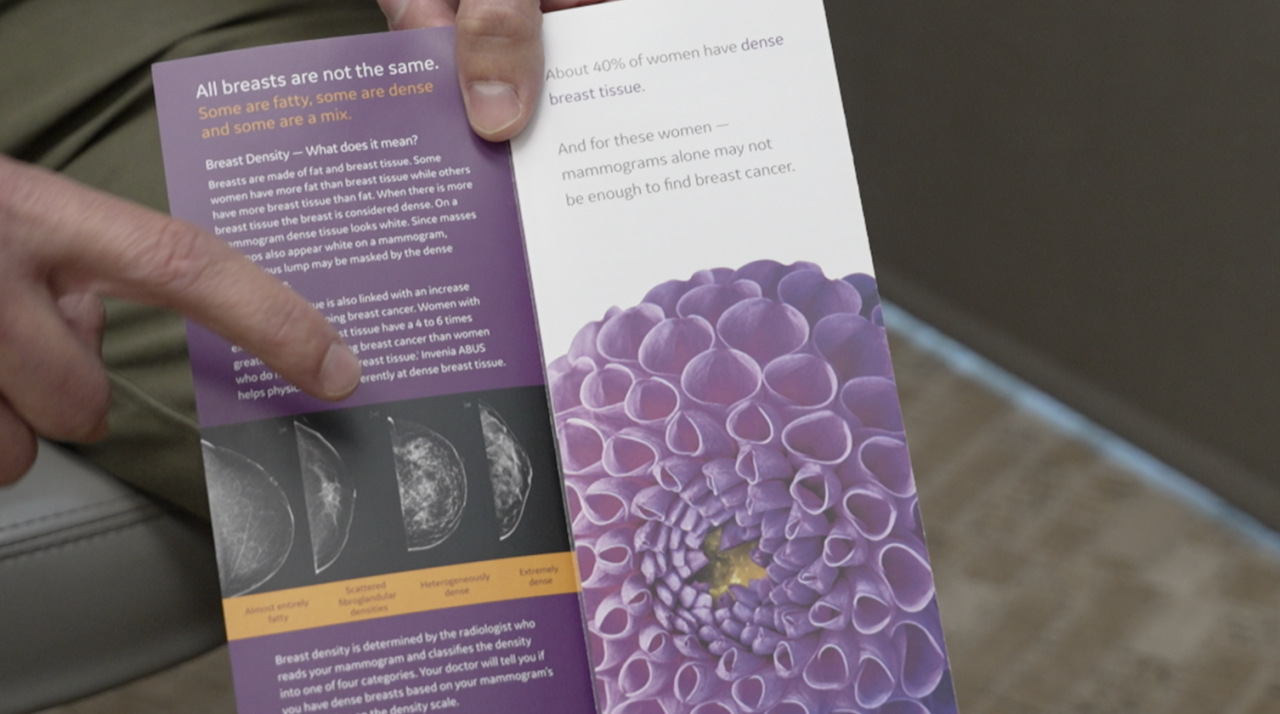MISSOULA — October is Breast Cancer Awareness Month and it’s important to know medical options that could save your life.
Every body is different and that means a mammogram might not detect cancer in everyone, but an ultrasound might spot trouble before it turns into a tumor.
“We catch about two or so cancers a year on the ultrasound that would have gone unnoticed or missed on the mammogram alone,” shared radiologist Dr. Robert Frost.
The Food and Drug Administration (FDA) began requiring practitioners to report breast tissue density to their patients as of September 10, 2024 — something Advanced Imaging at Community Medical Center in Missoula has been doing for a long time.
Each breast has a different level of density.
“Breast density is just the ratio of normal breast tissue to fat in the breast," stated Frost.

A mammogram uses X-rays to check tissue, however, an ultrasound uses sound waves which give a more contrasted image.
“Dense breast tissue on a mammogram shows up as white and the cancer is also white. I describe it to patients as trying to find a snowball in a cloud," detailed Frost. "On the ultrasound, the cancer is going to show up as dark, and typically dense breast tissue shows up as bright or white."
Since every woman is different, a self-exam or routine mammogram may need to be supplemented with an ultrasound.
"Majority of the time, those areas of concern are nothing to worry about. But occasionally we do find a cancer,” said Frost.
Frost told MTN that individuals should consistently get screened even if they don’t have a history of breast cancer.
“The goal of screening is to try and catch a cancer as early as possible so that we can treat it and cure it."
He also shared that most insurances should cover an ultrasound, but to check with a provider to confirm.
"Automated breast ultrasound is included in preventative care with their insurance but everybody's insurance is a little bit different. But Medicare and Medicaid cover it," said Frost.





